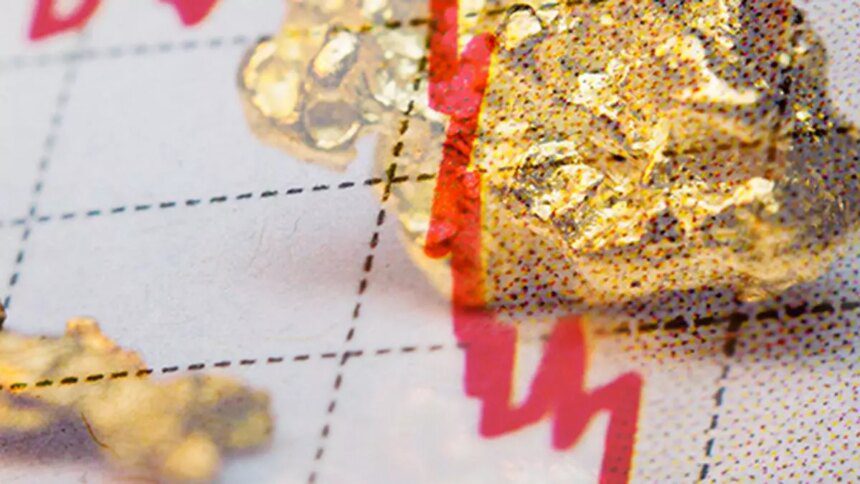The customs tariff on articles used for jewellery and parts thereof has been reduced in the Budget. Previously set at 25 per cent, it has now been lowered to 20 per cent effective from February 2. Additionally, the customs tariff on Platinum Findings has been decreased significantly from 25 per cent to 5 per cent.
To address market disruptions caused by platinum alloy imports, a new tariff line has been introduced to clearly distinguish gold imports in bar form from other forms. This differentiation will classify silver with 99.9 per cent purity under heading 7106, gold with 99.5 per cent purity under heading 7108, and platinum of 99 per cent purity under heading 7110.
Clarifications are expected through a DGFT notification regarding restrictions on platinum alloys to prevent challenges for importers who previously dealt with pure platinum under the licensing regime. Such clarifications are crucial to avoid procurement difficulties during exports.
Colin Shah, MD of Kama Jewelry, believes that the duty reduction on jewellery will spark demand in the luxury domestic market. This move, along with the cut in duty on platinum finding, is seen as beneficial for the entire gems and jewellery industry. The Budget’s increase of the MSME turnover limit from ₹250 crore to ₹500 crore is also applauded for its potential to boost growth and support MSMEs.
In another positive development for the diamond sector, the Budget removed the IGCR condition for importing duty-free Lab Grown Diamond (LGD) seeds, which is expected to enhance the appeal of LGDs and drive demand. Additionally, the separate HS code for platinum and gold alloys will promote fair play in the industry by preventing malpractices.
Praveena Rai, MD & CEO of MCX, sees potential in the removal of basic customs duty on waste and scrap of metal commodities like copper, lead, and zinc to boost the circular economy, increase raw material supplies, and support domestic manufacturing.










